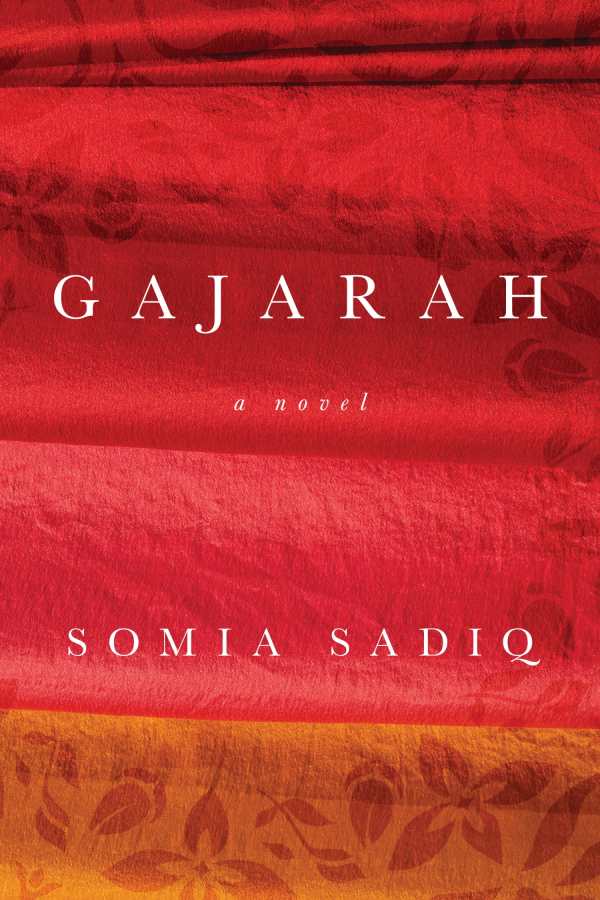Gajarah
A Novel
A creative woman uses writing as a balm for her trauma in the encouraging novel Gajarah.
In Somia Sadiq’s rich literary novel Gajarah, a Pakistani woman reclaims her story after violence.
Emahn is inspired to write a book whose title comes to her: Gajarah, referencing a garland that symbolizes hope. It is a rearward-gazing account of her life, starting with her 1980s birth in the United Arab Emirates. The daughter of a Punjabi father and a Kashmiri mother, she had a loving upbringing, and her mother’s fables about royalty enchanted her. But Emahn was raped when she was eight, thrusting her into tumult. As a teenager, she was married off against her wishes and moved to Canada, where she endured domestic abuse. Now, while shuttling between cultures and countries, she fights toward healing.
Emahn’s early years are covered via vignettes in which her family traditions are centered. Her summers with her grandmother in Lahore, for example, are fleshed out in terms of matriarchal relationships, social courtesies, vibrant adventures with relatives, and shared food. But there’s also a distinct before and after in the novel’s tone: After Emahn is raped, optimism fades, and the observant girl is thrust into silence. Still, encouraged by her mother’s gift of a yellow pencil, she begins to write to alleviate her pain.
Objects assume a powerful role in the story throughout, becoming focal points for Emahn’s memories. Sumptuous fabrics, dishware, and bangle bracelets are featured, used to convey both longing for home and Emahn’s feelings of displacement in Canada. When she turns toward humanitarian work in her adulthood, it prompts her to muse on the meaning of forgiveness and who holds the power to bestow it.
Some journal fragments are included in the narrative, which becomes an album of texts within texts. The patchwork approach underscores the importance of creativity as a balm. Other people’s tales, such as those told around a brick kiln while making burfi (a milk-based dessert), also influence Emahn’s decision to embrace a literary life. Her embellished contributions to her mother’s fables are used to juxtapose the possibility of happily-ever-afters to the harshness of her experiences.
The book’s multigenre approach is somewhat uneven, though. As it shifts between Emahn’s memoir-cum-novel, thematic poems, and personal reflections, its language frays, expands, and reweaves itself to accommodate her transformations. The more nonlinear facets of the work hint that hard memories sometimes resurface when least expected, though, and that learning to hold all the pieces together takes patience. Further, the book’s refusal to adhere to any one mode or style plays into Emahn’s defiant growth, which is reflected in her rewarding advocacy efforts at the book’s conclusion.
In the kaleidoscopic novel Gajarah, a woman who survived sexual trauma works toward empowerment through storytelling.
Reviewed by
Karen Rigby
Disclosure: This article is not an endorsement, but a review. The publisher of this book provided free copies of the book and paid a small fee to have their book reviewed by a professional reviewer. Foreword Reviews and Clarion Reviews make no guarantee that the publisher will receive a positive review. Foreword Magazine, Inc. is disclosing this in accordance with the Federal Trade Commission’s 16 CFR, Part 255.

